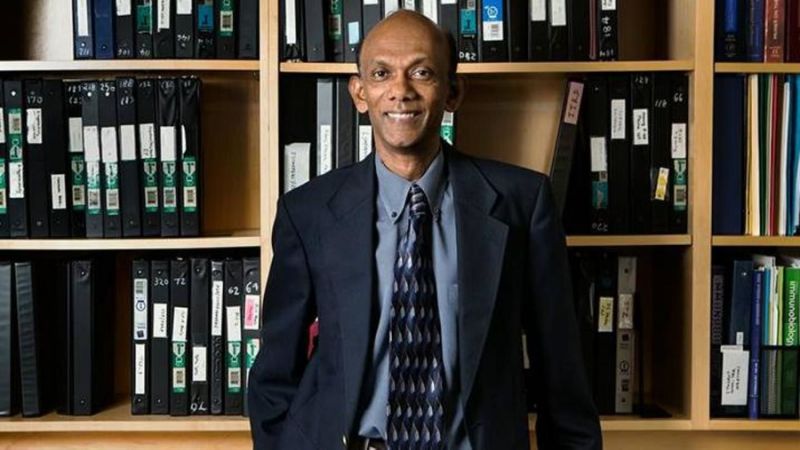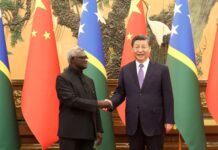 HOUSTON: Indian-origin professor Chandra Mohan and his two colleagues at University of Houston’s biomedical engineering, Hugh Roy and Lillie Cranz, have received USD 2 million dollar grants from the National Institutes of Health to find out why lupus is more common in women than men.
HOUSTON: Indian-origin professor Chandra Mohan and his two colleagues at University of Houston’s biomedical engineering, Hugh Roy and Lillie Cranz, have received USD 2 million dollar grants from the National Institutes of Health to find out why lupus is more common in women than men.
The chronic inflammatory disease systemic lupus erythematosus, known as SLE or lupus, is a complex autoimmune disease that is difficult to diagnose and treat. It is about nine times more common in women than men. Mohan knows just where he is taking the money straight to the bank. Bank1, that is, a critical gene in B-Lymphocytes, immune cells which make the antibodies that cause lupus when they misguidedly attack the body’s own cells.
“Bank1 exists in men and women, but in women the consequences are more drastic because the Bank1 gene and female hormones work together on the same pathway and make even higher levels of disease-causing auto antibodies,” Mohan said. Genetic studies have led to the identification of several genes involved with lupus, but how they operate is still unclear. One of these genes is the Bank1.
“We will examine how the Bank1 impacts B-cell function and disease, in concert with female sex hormones,” Mohan, one of the leading lupus researchers in the world, who has been exploring the disease on different fronts for almost three decades, told PTI. “A unique aspect of this grant is its focus on unraveling why females are more prone to lupus, by factoring in the contributions of culprit genes and estrogens,” he said.
Mohan will examine the molecular mechanisms through which lupus genes and sex hormones interface to cause autoimmunity. A better understanding of the pathogenic mechanisms underlying the disease will also pave the way towards better therapeutics, he said.
“There are three major areas we need advances on concerning lupus,” Mohan said, adding, “We need a better understanding of the disease, we need to know if we can diagnose and monitor the disease better using better biomarkers, and we need to know superior ways to treat the disease.” On this grant Mohan is joined by Chin-Yo Lin of the UH Center for Nuclear Receptors and Cell Signaling and biologist Anne Satterthwaite of UT Southwestern Medical Centre in Dallas. PTI







